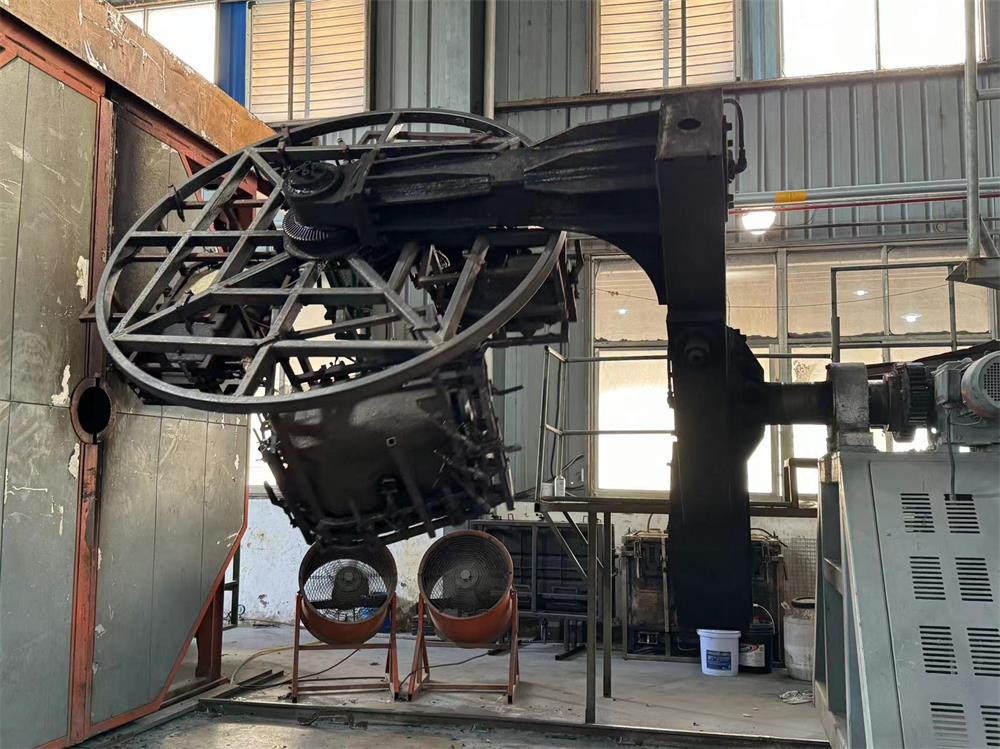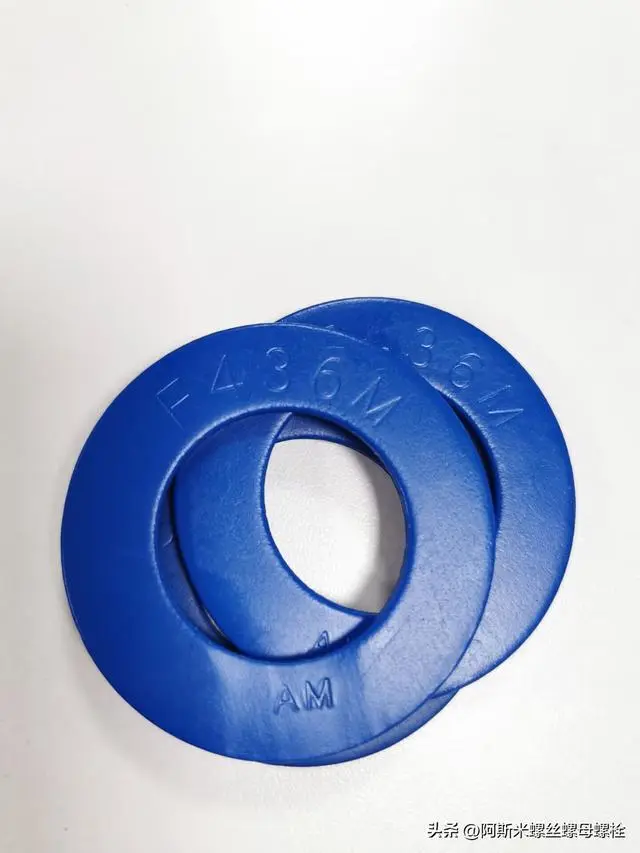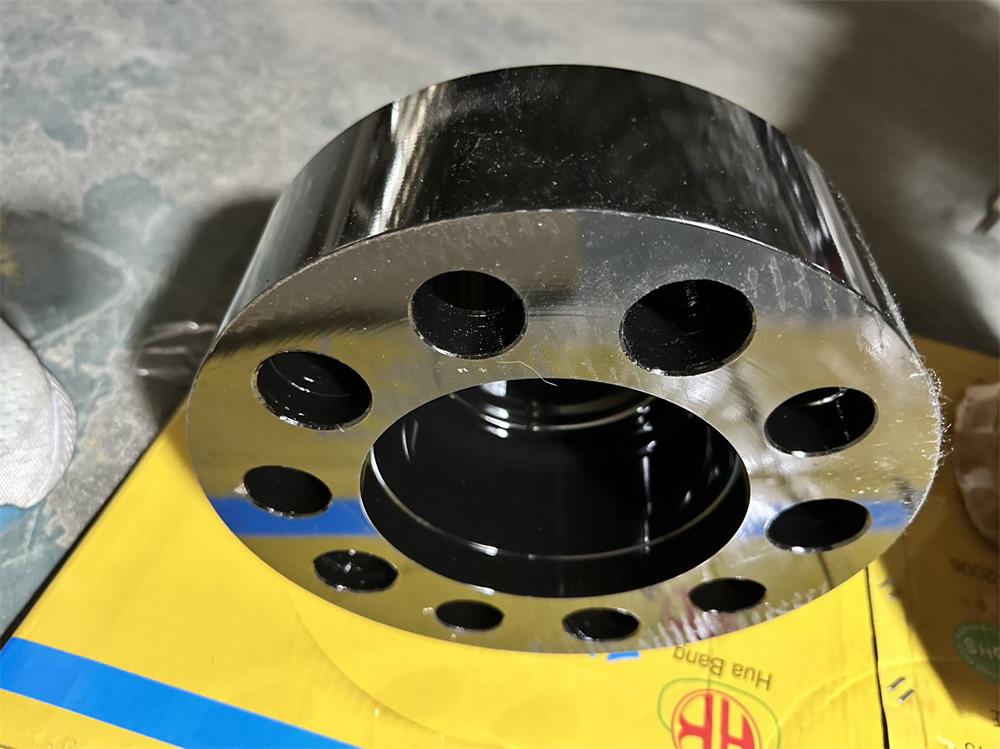Die Stamping Production Methods
Three common types of die stamping manufacturing processes are line, transfer, and progressive. These are further described below:
Line Dies
In this type of process, the product or part is moved from one station to another and a single feature is added at each station. They are used for low volume products or very large parts that are not suitable for a single press. Using combination dies, a single press can perform a variety of processes in one stroke.
Advantages:
Faster production – More than one cut can be made using several dies.
Positioning of blank – Easy to load and reposition the blank.
Complex geometries – Complex geometries can be produced with minor adjustments.
Handling of dies – Dies are lightweight and inexpensive.
Tooling – Small size tooling and conveniently accessible.
Disadvantages:
Machine limitations – All presses cannot be equipped with combination dies.
Turnaround times – Low turnaround times and slow rate of production.
Costs – Machines require human operators and several machines are required for completion of a process thus, increasing labour costs.
Transfer Dies
Transfer dies work similar to line dies but they consist of multiple dies timed together with an evenly distributed pitch and distance between dies, on a single press. The work is electronically transferred to the next-in-line die when one operation completes.
Advantages:
Multiple motions – Multi-axis motions can be performed in a single process.
Part placement – Automatic placement of part with the help of gauges or locators that align the part perfectly for each operation.
Faster production – Large-sized parts are positioned, turned, and transferred from one station to the other easily.
Computerization – Servomechanisms can be used to computerize the types of parts, press speeds, and length of press strokes.
Turnaround times – Higher production rate with less handling, lower waste, and decreased labour costs.
Disadvantages:
Technical planning – Careful planning, testing, and adjustment of the process is required to ensure quality.
Cost – Planning and design phase is expensive and time-consuming. Thus, increasing the overall cost.
Process regulation – Die protection sensors must be installed to check the status of the die.
Progressive Dies
Progressive die stamping has several dies lined up together, each performing a different operation on a part. The part is transferred from one station to the other with the help of a metal strip and it is cut out in the final operation.
Advantages:
Volume – Large volume production.
Automated – Automatic operations without the need for human intervention.
Equipment – One machine is capable of producing all the parts.
Faster – Faster operation and less expensive equipment.
Disadvantages:
Technical considerations – A complex set of variables and calculations are required to control feed speed for protection of the die.
Cost – Various elements of the progress dies build up high costs.
Maintenance – If damage occurs at a single station, the whole system has to stop leading to days of delay.
Lubricants
All die stamping processes require the use of lubricants irrespective of the production process. Lubricants help in:
Prevention of surface abrasion by providing hydrodynamic film
Easy flow of material
Preventing wear and tear in tools and dies.
Decreasing friction
Die stamping operations may lead to scratches, burning of the piece, and damage of the die due to friction. Therefore, a lubricant is necessary to protect the overall operation and reduce the chances of damage to the die.






